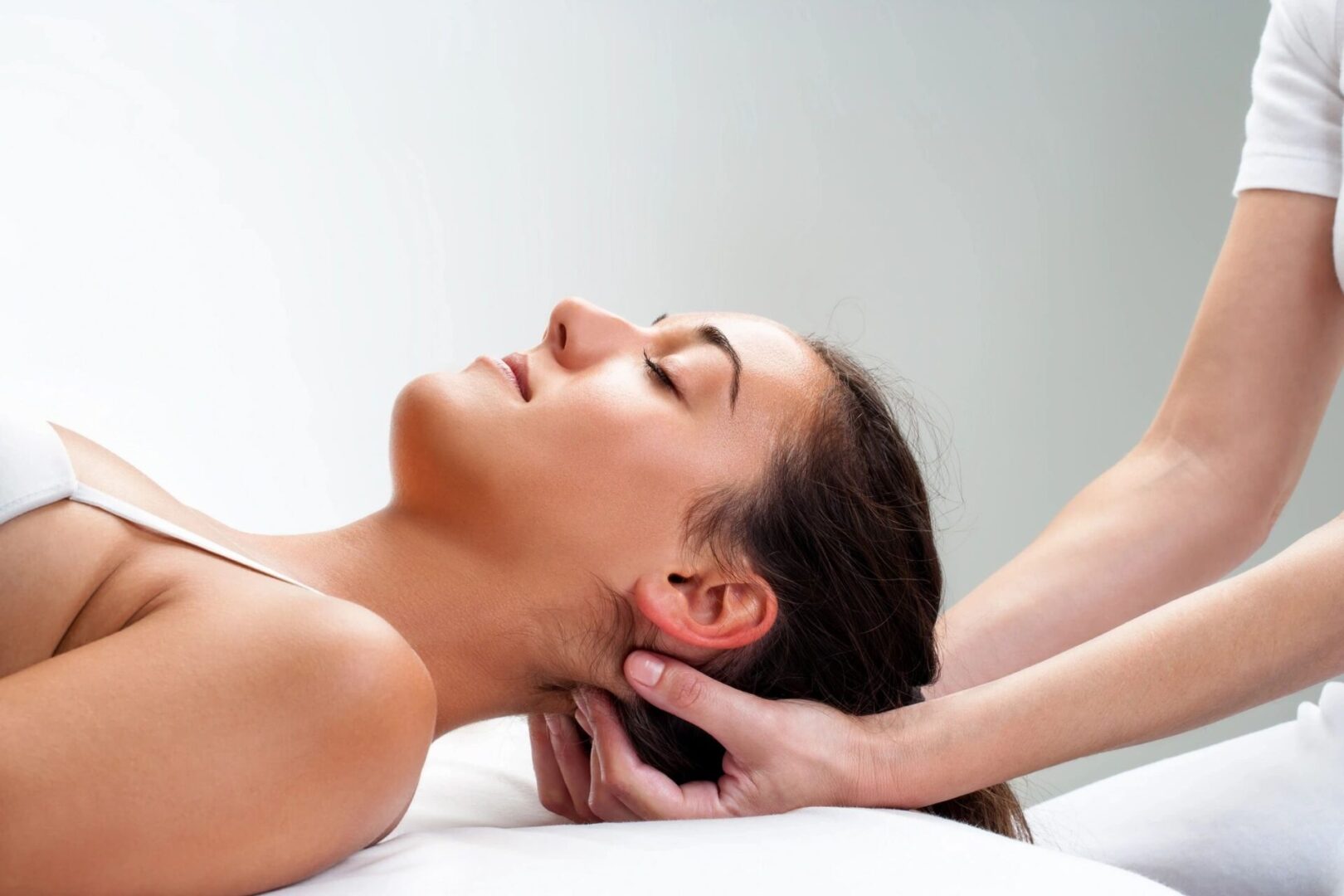What is Cranial Osteopathy
William Garner Sutherland, D.O. (1873-1954), discovered, developed and
taught Cranial Osteopathy in the early to mid 1900’s. He was the first Osteopathic Physician to perceive a subtle, palpable movement within the bones of the cranium (head and face). He went on to discover the rhythmic, fluid motion of the cranium (head) is continuous throughout all tissues of the body.
As the lungs breathe and the heart beats with an alternating rhythmic expansion and contraction motion (Lungs- inhale/exhale; Heart-contract and relax with every beat), the central nervous system also has its own involuntary rhythmic motion. Dr. Sutherland called this inherent motion the Primary Respiratory Mechanism because it seemed to have a respiratory (breathing) like motion, with “inhalation” and “exhalation” phases. The hands of a skilled osteopathic physician connect directly with this primary respiratory mechanism to initiate a therapeutic response in the patient. Primary respiration is the guiding principle; it is the inherent intelligence within that Dr. Still (founder of Osteopathy) refers to when he taught “The body has an innate capacity to heal itself”. This primary respiratory motion expresses itself in every cell of the body, thus influencing all body functions.
Who can benefit from Cranial Osteopathy
Since the ability to heal persists throughout life, patient of all ages can benefit from this gentle treatment. Cranial Osteopathy can help with many different disease processes, from the moment of birth to the end of life. Treatment restores motion, improves the body’s ability to heal and brings about a higher state of functioning.

Conditions commonly treated with Cranial Osteopathy
Systemic Problems
Pediatric Problems
Body Pain
Problems of Pregnancy
Respiratory Illness
A person’s problems may begin at birth. Birth is often our first trauma, as the infant’s skull pushes against the birth canal. Some methods used to ease a difficult birth (forceps, vacuum extraction, and anesthesia), although necessary, may add the “trauma” of birth. Infants with cranial distortions may present with problems such as colic, inability or poor suck with poorly coordinated swallow, frequent spitting up, chronic ear infections, or even delayed development. Some problems, such as learning disabilities, may not surface until a later date.
Remember, life’s physical and emotional traumas can alter or hinder function at any age, often producing significant effects upon a person’s healh. This can cause a wide variety of problems, including low back pain, joint pain, and repetitive stress syndromes such as tendonitis. The effects of trauma are not limited to the musculoskeletal system. Respiratory, digestive, menstrual and other systemic disorders may also result from traumatic influences. When indicated, osteopathic treatment may provide significant relief.
What happens during treatment
After a thorough history (including discussion of traumatic events) and an osteopathic physical exam (structural evaluation), the patient (preferable dressed in loose fitting , comfortable clothing) lies down on a treatment table.
The osteopsthic physician will typically place his/her hands underneath or over some part of the body to evaluate tissue function and structural dynamics. A thorough diagnosis connects the patient’s history and physical exam to the structural evaluation. A “cause and effect” relationship usually emerges, and the patients are often relieved to know their symptoms make sense.
Treatment involves a gentle hands-on approach to free the areas of the body in which motion has become restricted. By cradling the head sacrum (tailbone), or other areas of the body, gentle pressures and/or repositioning movements are applied to free the bones, tissues and fluids that have become restricted. Some patients only sense a gentle touch, while others feel their body change immediately. Some simply feel a deep sense of relaxation, and others feel nothing at all. Though treatment is very gentle, patients may occasionally experience some discomfort during certain stages of the treatment. If this occurs it is simply a part of the healing process and the treatment progresses, the discomfort subsides. As symptoms clear, patients often experience an ongoing sense of improve well being and health. Most treatments take about 20-45 minutes.
